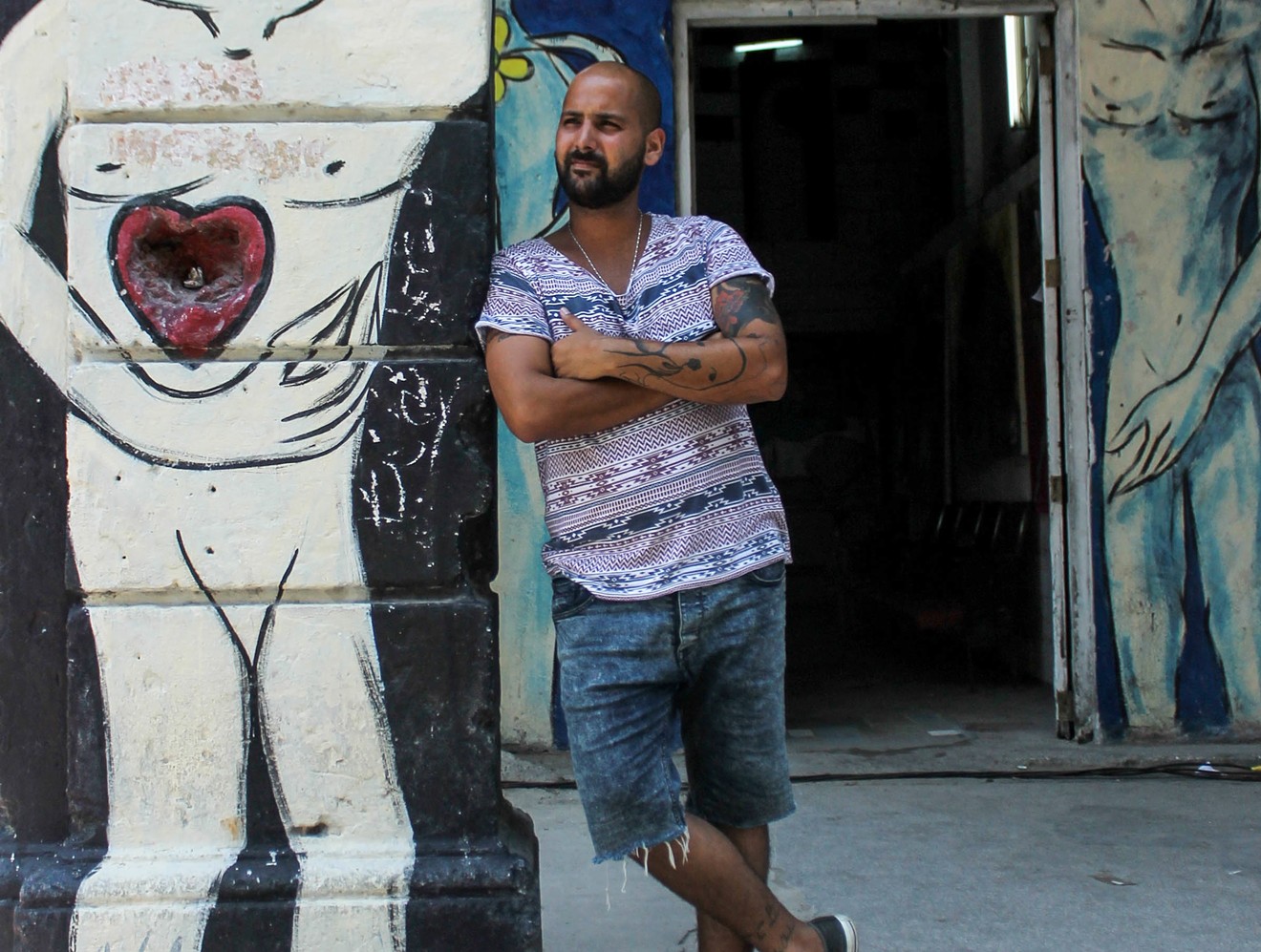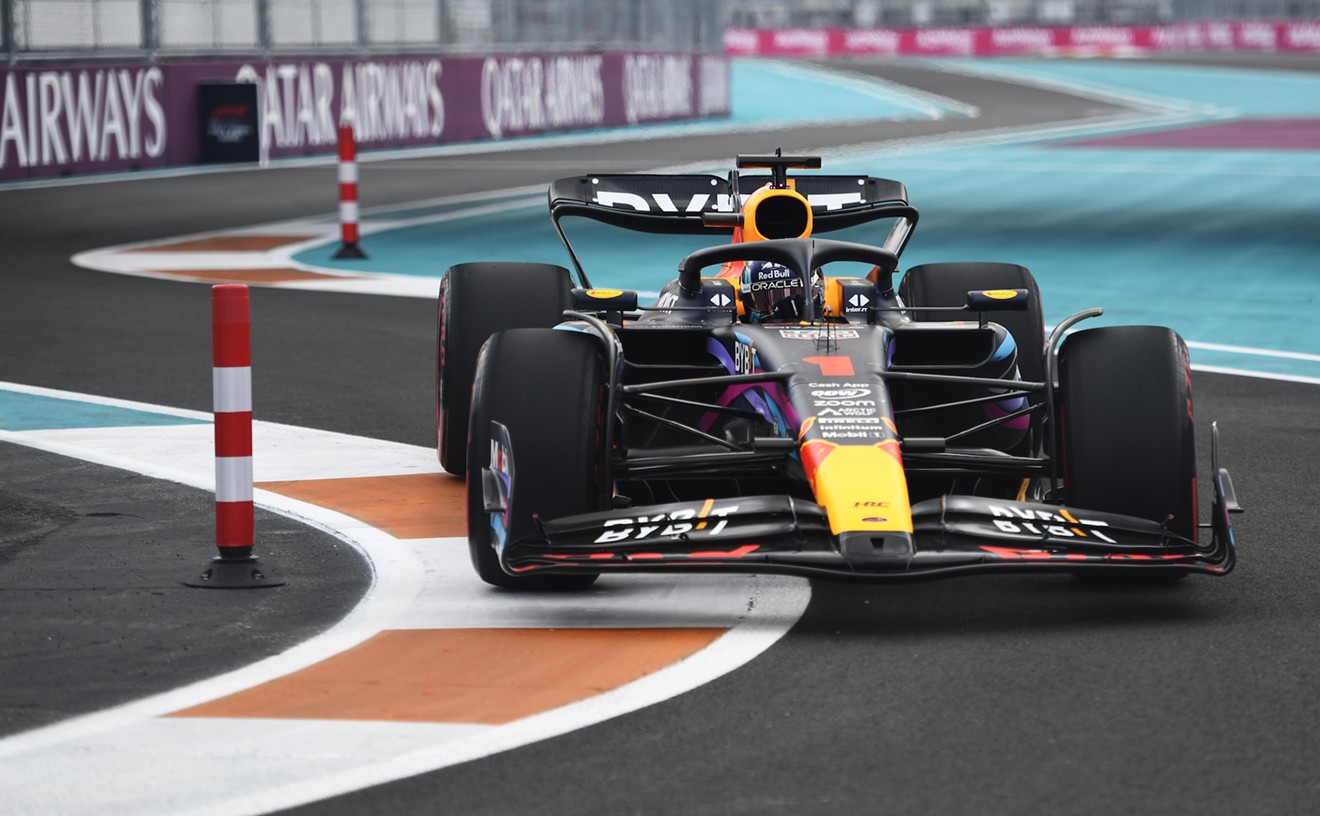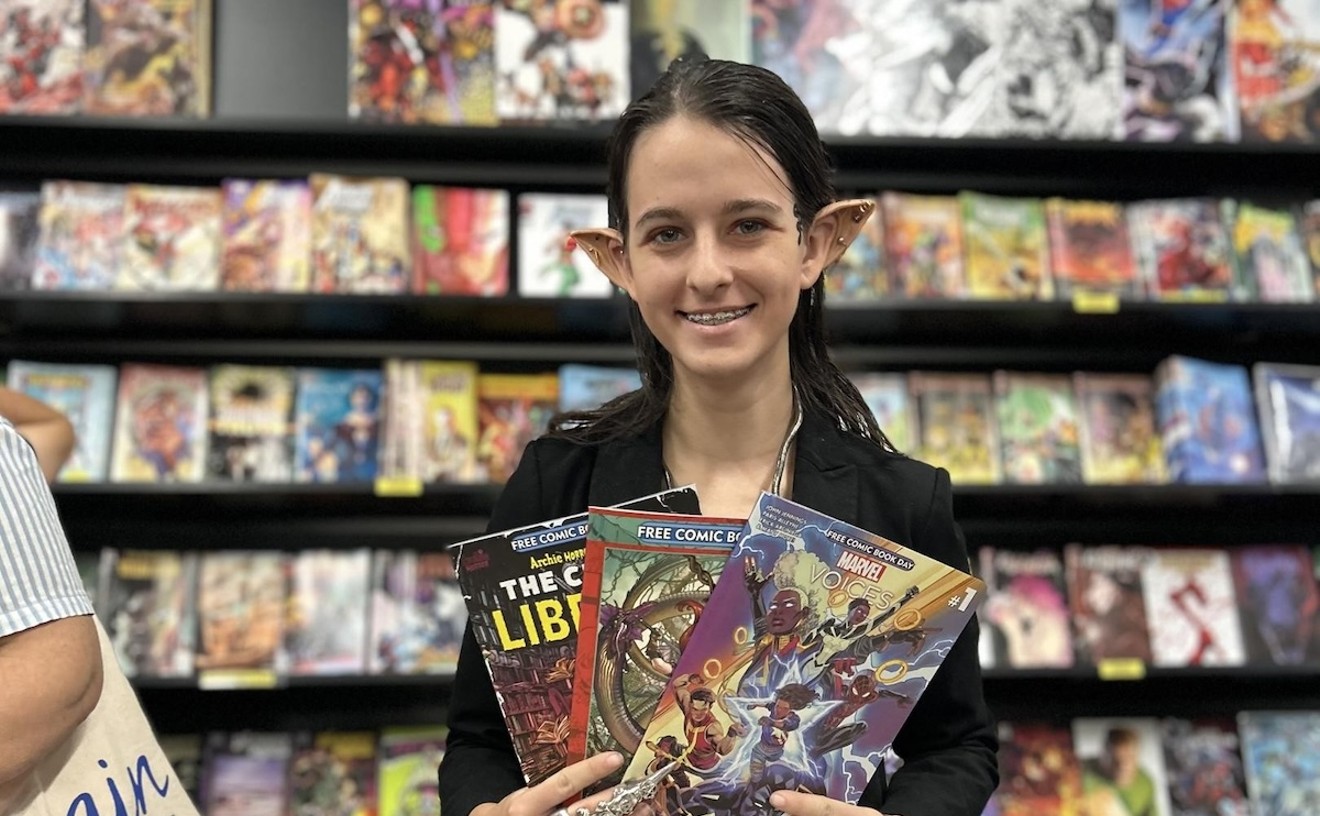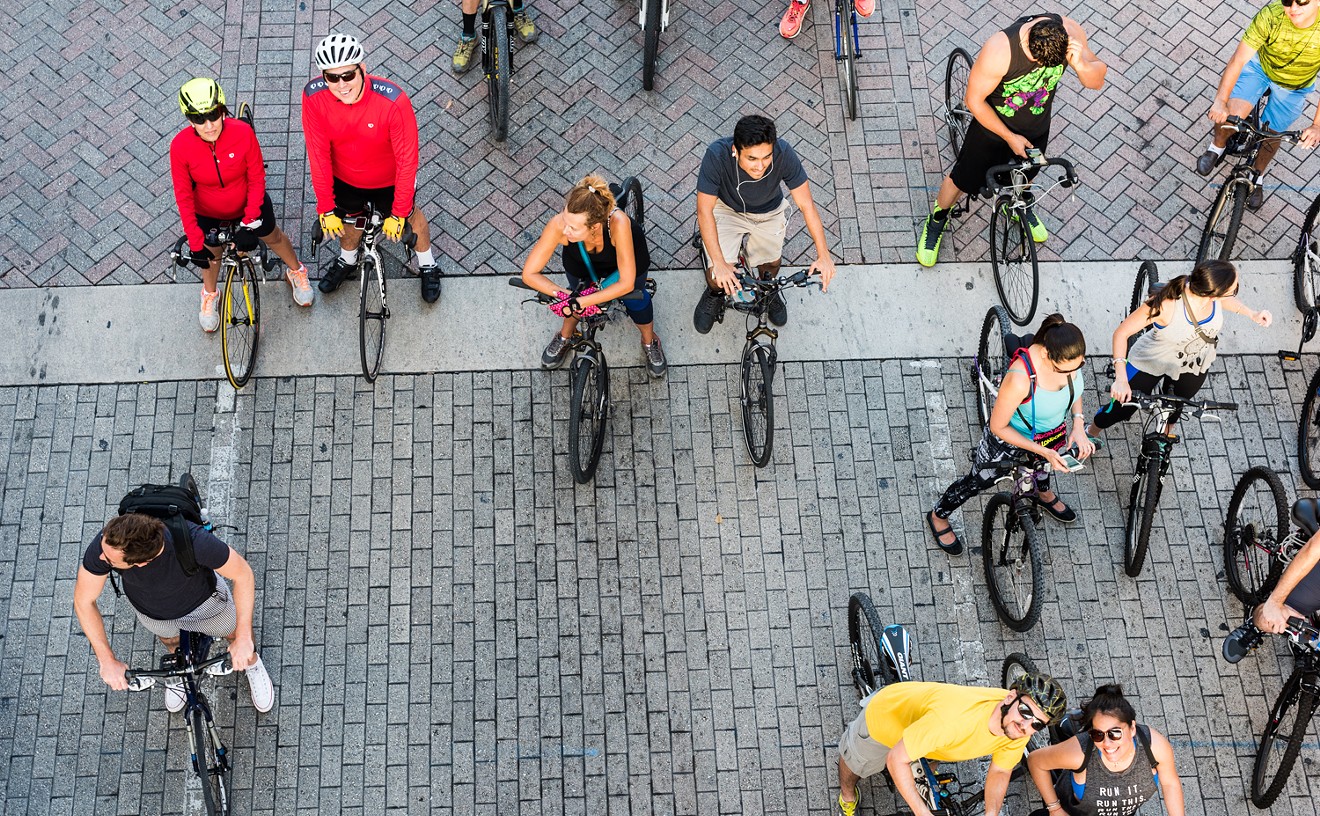Meanwhile, one street artist was busy doling out drawings.
Amid the chaos, Yulier Rodríguez Pérez was rolling up his signature sketches, stuffing them into bottles, and floating them through Cuba’s capital.
For the artist, the gesture is “algo de ternura de color de arte,” he wrote in an email last week — “art-colored tenderness.”
“The idea of the drawings with the bottles was to share through my art in a difficult moment,” Pérez added in Spanish.
It’s not the first time his art has graced the streets of Havana. Grotesque, gaunt, and ghostlike, Pérez’s murals lurk everywhere — by a popular bus stop, beneath a bridge, on the side of a brittle building. They cling like ivy onto the concrete, punctuated with the same signature: Yulier P.#compartiendo con mi Arte : Luz , amor,color en momentos del paso del Huracán Irma por la Habana# pic.twitter.com/ULoi1PGpKQ
— Yulier Rodriguez Per (@YulierPer) September 11, 2017
“I try to represent a reality,” Pérez said during an interview last year. He sat in a taller comunitario, a government-owned art studio, where he began painting the abstract figures that meander along the skeleton of Havana’s architecture.
Now the government wants them gone.
In mid-August, Pérez said Cuban authorities detained him for two days before telling him to erase his murals from the city. In an interview with the Associated Press, he said he had no plans to remove his artwork.
“Es totalmente una locura,” Pérez wrote last week in an email — “complete madness.”
His creations are meant to portray the struggles of Cuban life. “There is a lot of discontent already because of many shortages. It is discontent, sadness, depression, sometimes frustration of not being able to be,” he said.
Pérez wasn’t always a street artist. Originally from the eastern province of Camagüey, he created works on an easel before bringing them to life on walls. The world of gallery art had become tedious to him: Presenting artwork to a gallery and budgeting money for an exhibition was by no means a short process.
So he turned to the streets, looking to artists such as Banksy for inspiration. “He would say, ‘My work starts from a portrait of reality,’” Pérez said, loosely recounting the foundations of Banksy’s street art.
Now, instead of waiting to hang in a gallery, his works are on display after about 30 minutes. The art is large, simply colored, and completely outlawed.
“Sí, sí, es ilegal,” Pérez said. Normally, artists in Cuba must obtain a permit to do something so visible in the public eye. Sometimes, he added, Cubans have called the police with reports of his graffiti.
“The solo gesture of doing something in the streets, to paint... many associate it with a gesture of... you are going to do something political,” Pérez said.
His works, however, are “nada de eso.” In other words, Pérez doesn’t intend to get political.
The subject matter of his work revolves around dissatisfaction, sadness, and poverty — issues he sees as widespread in Cuba but not unique to the island.
“It isn’t that it’s only Cuba. In all of Latin America, there is a lot of poverty. In Africa, there is a lot of poverty,” he said. “It’s the Third World.”
Though his murals seem to appear everywhere, Pérez has criteria for his citywide canvases. He searches for publicly owned properties, avoiding particulares: privately owned buildings. The buildings must be somewhat deteriorated. In other words, according to his standards, they must need transformation.
Infrastructure in Havana can be precarious. After years of wear-and-tear and the violent weather of hurricane season, buildings dating to the 1950s are vulnerable.
“I believe that Havana and Cuba need more art in the streets because there are very destroyed and gray places,” Pérez said.
Though illegal, his art coexisted with the Cuban government for a time. Pérez sees his work as a positive contribution to the barrios of Havana. It's possible the government also recognized that artistic benefit, he said.
“Maybe, up to a certain point, the law understands this and leaves them, and they haven’t established a war or anything,” Pérez said.
“It’s illegal, but they haven’t opened fire either. They leave it.”
That changed last month, when Pérez said he was detained by police. He was told to remove his murals or face charges for property damage.
He never imagined the police would go so far to remove his art, Pérez wrote last week. As the fate of his murals remains uncertain, Pérez echoed last week that he will not erase his works from Havana’s walls.
“It helps the visual restoration of the aesthetic of the places that are abandoned and destroyed,” he wrote in Spanish. “I believe my art helps the construction of a more honest, fair, educated, progressive, and free society.”












